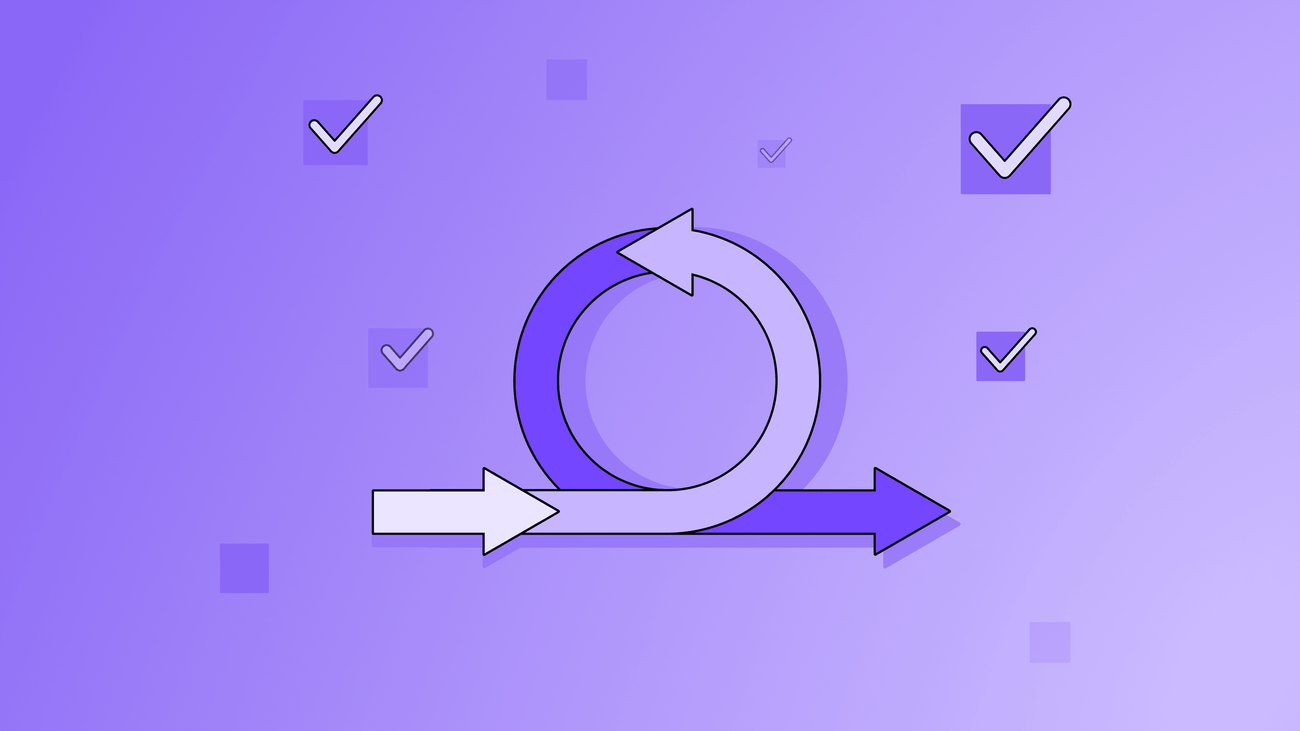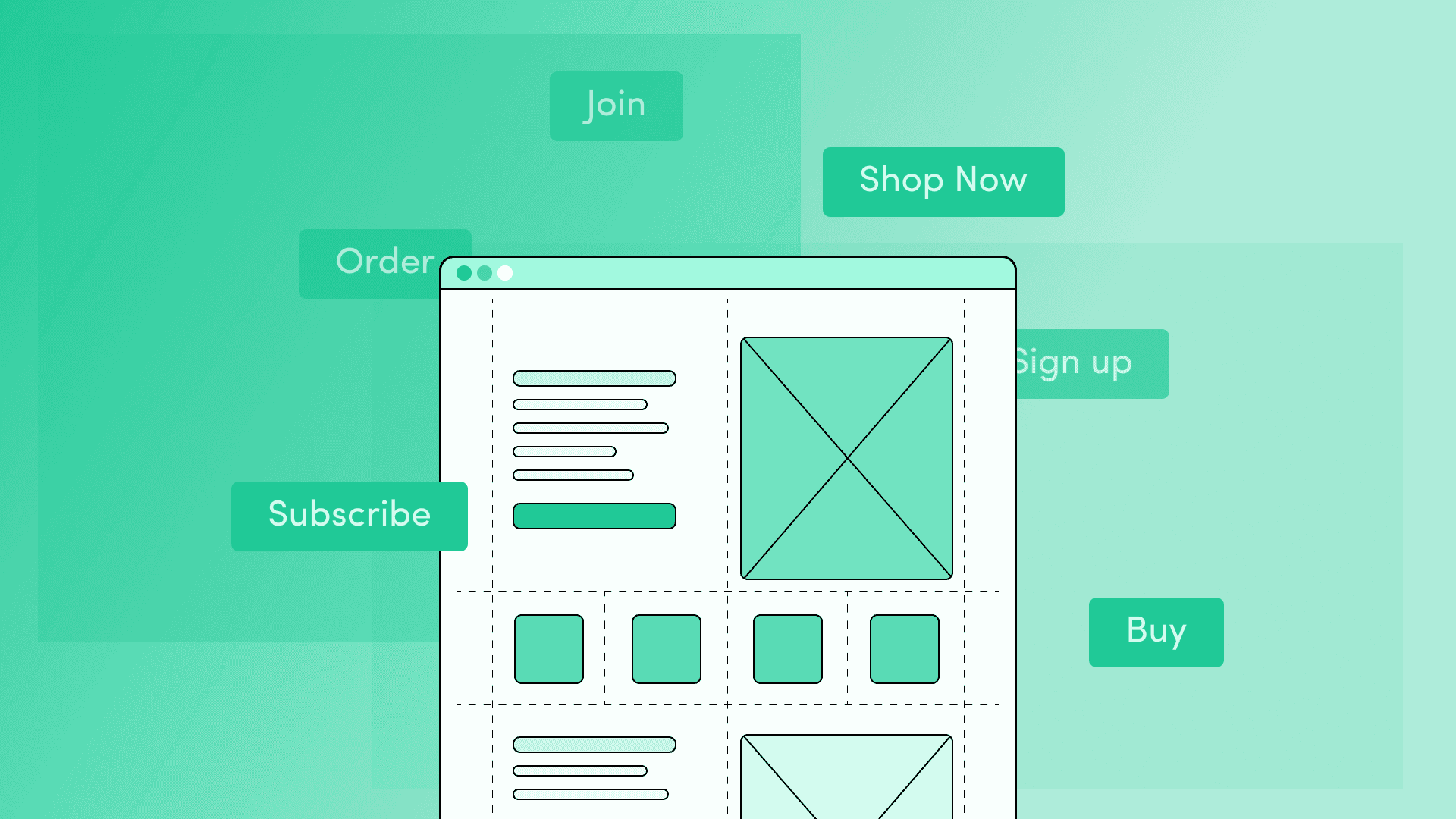

Blog

Why go Agile with your next project – the benefits of Agile project management
In this article I’ll give you eight reasons why you should consider Agile methodology (it’s framework, Scrum, in particular) when embarking on your next software development project.
Whether you’re an individual contributor, team leader, software developer, project manager, or a product owner, you probably have to deal with challenges that all software projects face. They are almost always dynamic, and typically limited in scope, time, and budget. They need to meet requirements and, most importantly, satisfy user needs. All that alone makes them inherently risky and challenging.
To address these and many other problems, different project management methodologie have emerged over the years. One seems to have become the primary strategy for software development projects: Agile.
Agile approach helps teams become more productive, reduce the cost of testing and quality assurance, and shorten the time between releases. From user perspective, they increase customer satisfaction through an iterative approach to design and features based on user feedback.
What is Agile methodology?
First, let’s take a moment to figure out what Agile is. The whole idea behind Agile methodology was laid out in the Agile Manifesto – the four principal values of software development. They are based on user and customer satisfaction; product or service quality; flexibility, openness and collaboration; and continuous improvement and delivery.


Agile is an iterative approach to today’s ever-changing project management and software development. Agile teams deliver tangible pieces of product in each iteration. This means that they provide value at every stage of software development.
Because they’re working iteratively, agile teams can provide outcomes faster and adjust on the go. Agile projects take into account the risks and change in real-time, unlike other traditional project management approaches, like Waterfall (where everything follows a plan set out from the beginning).
The benefits of Agile software development
Reason 1: user-centric approach
At the core of every software development process is the end-user. That’s as true as it gets. However, many traditional software development methodologies operate under the assumption that the development teams know right from the get-go what the product is supposed to do and what features it must have. Obviously, in most cases that turns out disastrously for the project. To counteract this, you should always start with the user and their needs.
That’s why Agile methods promote the focus on user-driven development. This means that your team will be creating the product or service based on the input and the feedback from the end-users. This may include talking to customers about their needs and requirements, conducting usability tests, creating user stories, and more.
The user feedback and input can then be documented and broken down into specific requirements. Your team can work on these when creating the product or service. This way you’ll have a plan to follow that still has the user at its core.
Reason 2: better risk management
Following the Agile framework, teams both develop and improve their digital products continuously. The entire development process consists of rapid iterations with constant testing. This both affects the final quality of the product, but also safeguards it.
Agile approach is so popular in the IT industry because it reduces the risks involved in software development. Agile teams identify challenges and risks from the very beginning (usually during the discovery workshops), and start creating a risk management strategy. Because teams deploy and test versions regularly and not only when the final product is ready, they can introduce fixes or even alter course when needed.
Reason 3: fast and predictable delivery
Agile teams that work in Scrum deliver chunks of the product after every so-called sprint (which usually takes two weeks, though this can vary from a week to a month). This continuous delivery means that after every iteration you get a working piece of software, which wouldn’t happen with other project management methods.
What’s more, prioritising tasks and focusing on user needs also fosters quicker delivery. The team has one clear goal – to bring value to the final product – so they don’t waste time on irrelevant things.
Reason 4: flexibility and adaptability
Companies often create software to answer a specific business need or solve a problem they or their customers are experiencing. This can be related to security, time management, or perhaps company-wide collaboration. You will often have a specific goal in mind when beginning a new project.
What happens, though, when something changes? Imagine your budget gets slashed in half. Initial project scope turns out too narrow. You have to accommodate more tools. Your expectations turn out to be unrealistic. In many cases, these changes to your project may impact the deadlines, budgets, or even the project goals.
But with Agile software development, you can pivot at a moment’s notice. This means that after every sprint, the Scrum team checks if current goals align with the ultimate product goal that was set out. So if the priorities change, team changes with them. As easy as that.
Reason 5: transparency and teamwork
Transparency is another key value of Agile methodology. It can be seen in the project documentation as well as in how the project is managed. Thanks to clear goals, regular meetings, and a constant feedback loop, everyone is on the same page.
Project transparency can also apply to your team’s productivity metrics. You can use them to show how the project progresses and highlight any areas in which it may be falling behind. With Agile development you can empower the team to do better.
Reason 6: better product quality
As I said before, testing and continuous improvement are an integral part of Agile project management and play a huge part in product quality. Testing can take many forms, from usability testing to code and product testing. Tests can be done enrolling the help of end-users, the project team, or even investors. They serve us to check user experience, but also code quality and security. This affects the quality of the final product as various tests are done every step of the way.
Find out more about software testing from the article Types of software testing that will improve your product by Dominik Guzy, our CIO.
Reason 7: client satisfaction
We could enumerate all the advantages I mentioned above here: user-centric approach, transparency (of the process and communication), adaptability, and more. Time and time again we’ve seen how this positively affects customer satisfaction. It gives our customers a sense of being in the loop, participating, and having a say in how their product looks in the end. And beside creating a user-centric product that’s what we want – our clients to be happy with what we deliver!
Bottom line
Agile project methodologies are flexible and dynamic. They also focus on user-driven development, collaboration, and transparency. While this may sound like obvious principles that you would like to see in your project, many traditional project methodologies are quite the opposite.
These project methodologies are often very rigid, detailed, and focus on the needs of the project team, project managers, or stakeholders. This can be helpful in some cases, but not when you need to be flexible and adapt to changes in the project and business environment.
While the Agile project management may not be the best option for every project, it is definitely one of the most effective. It will help you avoid common pitfalls and meet business goals. Looking for an Agile team? Book a free consultation with us and let’s create great things together!


Have a project in mind?
Let’s meet - book a free consultation and we’ll get back to you within 24 hrs.
Other worthy reads


